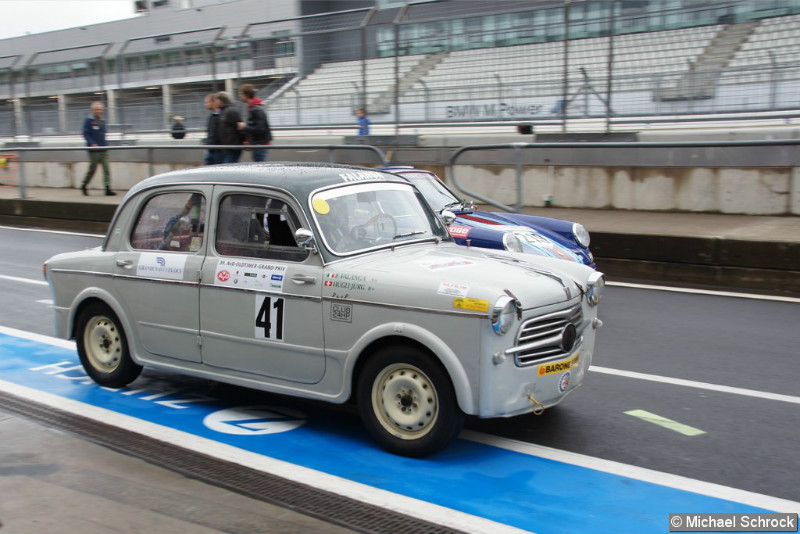Simca (or more correctly, S.I.M.C.A), was set up to market Fiats imported into or assembled in France...
In 1934 it was formed as the Société Industrielle de Méchanique et de Carrosserie Automobile. In 1935 they took over a factory in Nanterre which had been used by Automobiles Bonnet and started assembling Fiats in France. They had French-made components and some were somewhat different to the offerings from FIAT.
The 1937 Simca Huit was based on the 508C Millecento with the first version of the 1089cc engines which became known around the world as the Fiat 1100 engine. Amédée Gordini improved these somewhat and drove one himself to victory in the
Index of Performance at Le Mans in 1939.
In 1949, after resuming production post-war with the pre-war models, all-new Simca Huit models were released. At this time the divergence from Fiat 1100 foundations became more apparent and in 1951 the Aronde with an enlarged engine quite similar to the Fiat 1100 engine emerged. This was to be the mainstay of Simca production until well into the Chrysler era.
So, yes, Simca did use the Fiat engine as a basis for their engine.
Skoda, on the other hand, developed their own engine of the same 1089cc capacity as the Fiat in the final years before the war, probably enlarging their 1933 995cc design to achieve this. It was further enlarged during the fifties to 1221cc.
Having looked upon these engines a few times, I can assure you they had no roots in anything derived from a Millecento engine. From memory they have an alloy block and and iron head, and just as the Skodas that carried these engines had a backbone chassis different to almost anything else in the world, so the design features were somewhat unique.
By the way, I'd have thought that a Riviera might have been a bit late for Ray Heffernan to race...
Edited by Ray Bell, 24 November 2011 - 04:50.































